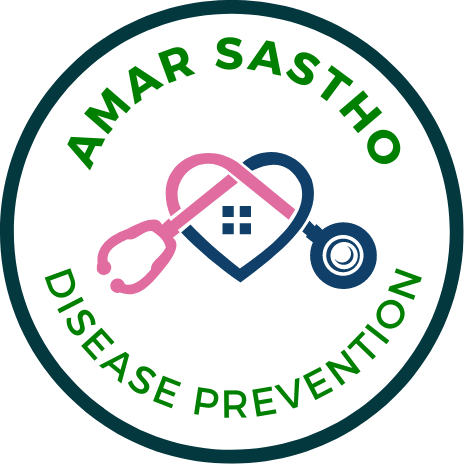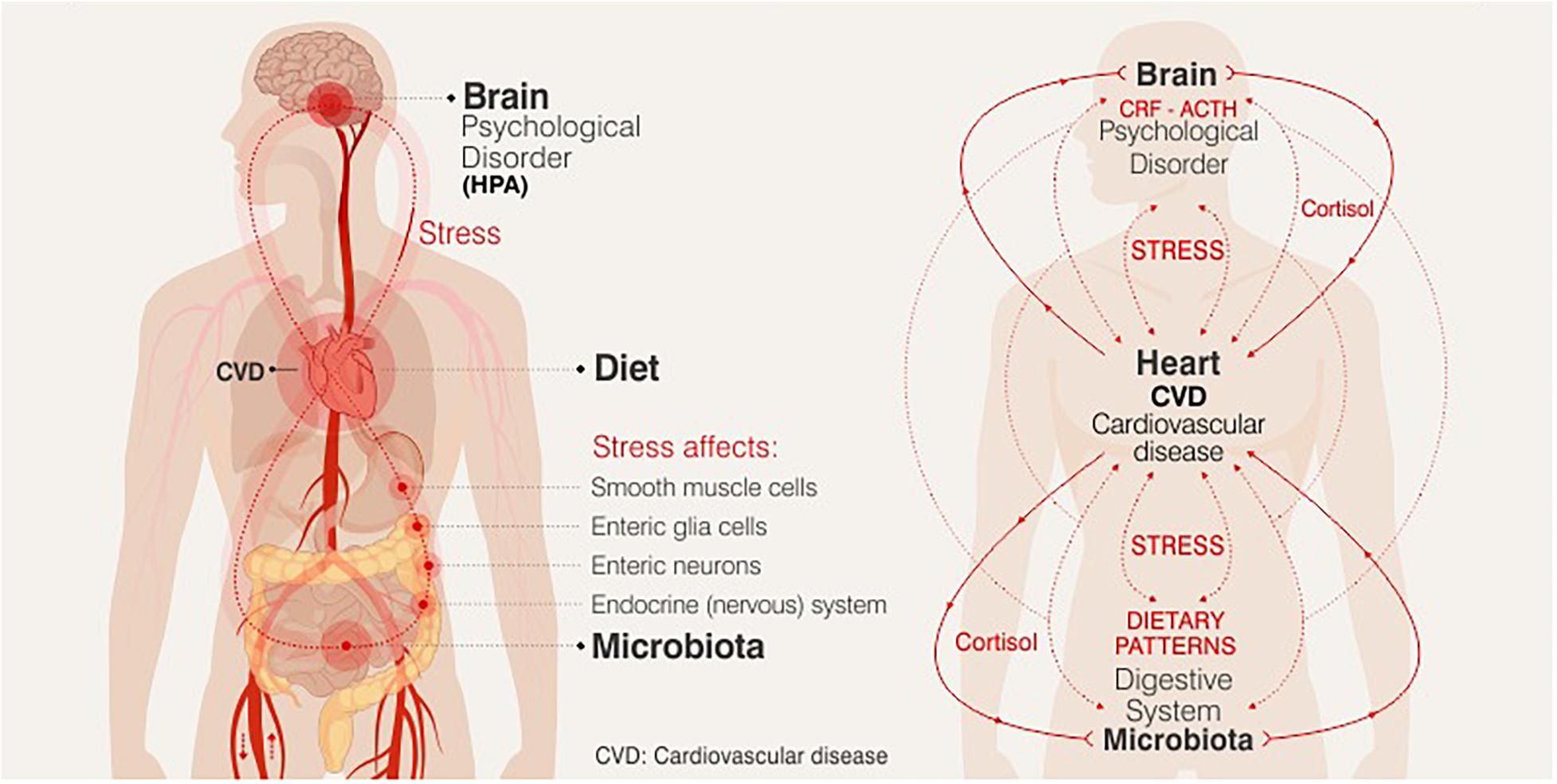When a child is born in our country, parents are afraid of some diseases of children. Pneumonia is one of them. A large number of children are affected by pneumonia in Bangladesh every year and many of them die. Children also suffer from long-term complications of post-pneumonia. You should be aware in advance so that the child does not get pneumonia. If affected, treatment should be done at the right time. But how do you know if your child has pneumonia? Today’s article will tell about the causes, symptoms, prevention and treatment of pneumonia in children.
What is pneumonia?
Pneumonia is basically an inflammation of the lungs. As a result, the lungs and respiratory system are affected. In English it is called respiratory tract infection (Respiratory tract infection). In case of pneumonia, the child’s normal breathing process is disrupted and various physical complications occur. Lack of timely treatment can lead to death of the child. The incidence of this disease is more common during monsoon and winter.
Why are children affected by this disease?
Pneumonia in children is mainly caused by various viruses, bacteria or fungi. Bacteria or viruses that cause pneumonia are:
- Streptococcus pneumoniae
- Group B Streptococcus
- Staphylococcus aureus
- Para influenza virus
- Influenza virus
- Adenovirus
- What kind of children are more at risk of getting pneumonia?
- If the child is severely malnourished
- Children suffering from infectious diseases like measles, whooping cough.
- Children who have low immunity
- Children with congenital heart or lung disease
- newborn baby
- Symptoms of Pneumonia
There are several symptoms that indicate whether a child is suffering from pneumonia. The symptoms are-
1) Pneumonia, like other diseases, is usually preceded by fever. It can also cause sweating, chills and discomfort.
2) The baby will have less appetite and may seem less energetic than usual i.e. less active.
3) Infants and young children appear pale. May also cry more than usual.
4) Cough may occur and this cough is accompanied by mucus production.
5) Frequent vomiting or diarrhea may also occur.
6) If the child is seriously ill, he shows great reluctance to eat and drink water. In addition, there may be unconsciousness, hypothermia (when the body temperature drops below 95 degrees Fahrenheit), and seizures.
7) If the oxygen in the body decreases too much, the child will shake the head and keep making gurgling noises in severe condition. A baby’s body may turn blue due to lack of oxygen.
8) The lower part of the ribs will be pressed inward and the heart rate will increase. Besides, examination with a stethoscope will reveal more symptoms.
How to diagnose this disease?
In a healthy baby, the chest expands during inhalation. But in a sick child, the chest is compressed instead of expanded during breathing, i.e. the chest is pushed down. Children with pneumonia also have faster breathing than normal children. Viral infections are more likely to cause shortness of breath
How often can a child of any age breathe if he has pneumonia?
Child’s age-
0-2 months will breathe more than 60 times per minute
2-12 months will breathe more than 50 times a minute
1-5 years will breathe more than 40 times a minute
This is how pneumonia is diagnosed. In addition, X-rays, blood and other tests will be done to check for bacterial pneumonia.
How to prevent
Preventing childhood pneumonia is considered the only way to reduce child mortality. Things to be followed for prevention-
1) Vaccination against HIV, pneumococcus, measles and whooping cough is the most effective way to prevent pneumonia. By one year of age, children should have all their vaccinations on time, especially the pneumonia vaccine.
2) If a child under six months of age drinks breast milk for 6 consecutive months, then the germs of pneumonia can be resisted a lot. If it is more than six months, it is better if you can feed home-made food as an additional food along with breast milk. Besides being effective in preventing pneumonia, breast milk also helps reduce the level of illness in the baby.
3) If environmental factors such as air pollution can be tackled, the chances of this disease are greatly reduced. For example, using improved home stoves that do not produce smoke, maintaining good hygiene in noisy places, etc.
4) Children infected with HIV are more likely to get pneumonia. Such children should be given the antibiotic cotrimoxazole daily to reduce the risk of developing pneumonia.
5) The child should be kept away from other children with pneumonia or people with sneezing. Care should also be taken that children do not come in contact with dust.
6) Hands should be washed repeatedly before holding the baby. Do not smoke in front of children.
Treatment of Pneumonia:
1) If the pneumonia is caused by bacteria, then intravenous or oral antibiotics should be given to cure the child. If the child cannot drink fluids well, intravenous antibiotics are given.
2) Oxygen therapy should be given.
Children have less immune systems than adults. So you have to be more careful while taking care of the baby. In both hot and cold weather, care should be taken that the child does not get too cold or hot. If you are aware, it is possible to reduce the possibility of pneumonia in the child.


